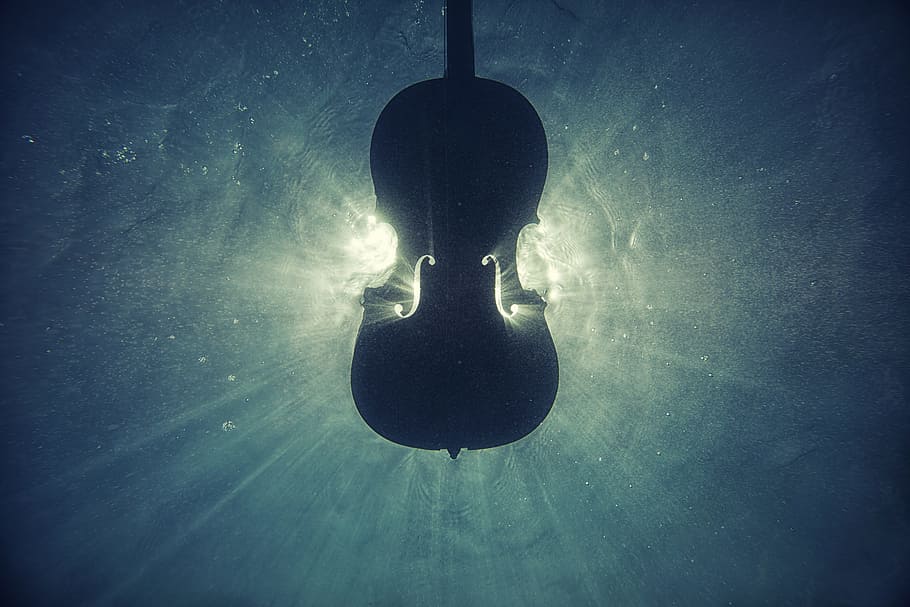Learning to Listen: Understanding Classical Music Through Structure and Emotion

Classical music is often perceived as complex and intimidating, with its intricate structures and sophisticated compositions. However, with a little guidance, listening to classical music can become a rewarding and emotionally enriching experience. In this article, we’ll explore the key components of classical music, such as structure, form, and orchestration, while also examining how these elements work together to create a compelling emotional journey. By the end, you’ll have a greater appreciation for the art form and the tools to engage with it on a deeper level.
The Basics of Classical Music
Classical music is a broad term that encompasses a wide range of styles, periods, and composers. It generally refers to Western art music from the Middle Ages to the present, with significant periods including the Baroque, Classical, Romantic, and Modern eras. Each period has distinct characteristics, but some fundamental concepts are consistent throughout.
Musical Forms
One of the essential aspects of classical music is its use of formal structures. These structures help guide the development of a piece, providing a framework within which composers create their works. Here are some of the most common forms:
– Sonata Form: Often found in the first movement of symphonies and sonatas, sonata form consists of three main sections: exposition, development, and recapitulation. In the exposition, the main themes are introduced, typically in contrasting keys. The development explores and manipulates these themes, while the recapitulation revisits them, usually in the original key.
– Symphony: A large-scale work for orchestra, typically consisting of four movements. Each movement has a distinct character, often following a fast-slow-dance-fast structure. Symphonies are a hallmark of the Classical and Romantic periods.
– Concerto: A work for solo instrument and orchestra, typically in three movements. The soloist’s virtuosity is showcased, often with a dramatic interplay between the soloist and the orchestra.
– Suite: A collection of short pieces, often based on dances, that can be performed as a set or individually. Suites were common during the Baroque period.
– Opera: A dramatic work combining music, singing, and theatrical elements. Operas can be grand and elaborate, with arias, duets, choruses, and orchestral interludes.
Orchestration
Orchestration is the art of arranging music for an orchestra. Understanding how instruments are used in classical music can enhance your listening experience. The standard orchestra is divided into four families of instruments:
– Strings: Violins, violas, cellos, and double basses. The strings often carry the melody and provide a warm, lush sound.
– Woodwinds: Flutes, oboes, clarinets, and bassoons. Woodwinds can add color and texture to a composition.
– Brass: Trumpets, trombones, French horns, and tubas. Brass instruments bring power and grandeur to the orchestra.
– Percussion: Timpani, snare drums, cymbals, and other instruments. Percussion provides rhythm and drama.
Finding the Emotional Journey
While classical music has a defined structure, it also conveys a wide range of emotions. The emotional journey is what makes classical music so captivating, allowing listeners to connect with the music on a personal level.
Understanding Themes and Motifs
A theme is a recurring musical idea that forms the basis of a composition. Composers often use themes to create a sense of unity within a piece. Motifs are shorter musical phrases that can be part of a theme or standalone elements. Learning to recognize themes and motifs can help you understand the development of a piece and follow its emotional arc.
Following the Dynamics
Dynamics refer to the volume of the music, ranging from soft (piano) to loud (forte). Changes in dynamics can indicate shifts in emotion or intensity. Pay attention to crescendos (gradual increases in volume) and decrescendos (gradual decreases) to gauge the emotional peaks and valleys in a composition.
Listening for Contrast
Classical music often employs contrast to create interest and drama. This can be achieved through changes in tempo, key, or orchestration. For example, a sudden shift from a major to a minor key can evoke a sense of sadness or tension. Understanding how composers use contrast can deepen your appreciation of the emotional journey in classical music.
Tips for Listening to Classical Music
Now that we’ve explored the basic elements of classical music, here are some tips to help you engage with the music more fully:
1. Start with Accessible Pieces: If you’re new to classical music, begin with well-known works that are accessible and engaging. Pieces like Beethoven’s Symphony No. 5, Mozart’s Eine Kleine Nachtmusik, or Vivaldi’s The Four Seasons are excellent entry points.
2. Listen Actively: Instead of using classical music as background noise, try to listen actively. Find a quiet space, put on headphones, and focus on the music. Follow the structure, dynamics, and emotional journey.
3. Attend Live Performances: Experiencing classical music live can be transformative. Look for concerts in your area and attend performances by local orchestras or chamber groups.
4. Explore Different Composers and Periods: Classical music spans centuries, offering a diverse range of styles and voices. Explore different composers and periods to find what resonates with you.
5. Use Listening Guides: Many classical music recordings come with liner notes or program notes that provide context and insights into the music. Use these guides to enhance your understanding of the pieces you’re listening to.
Conclusion
Classical music is a rich and varied art form that can seem daunting at first, but with a basic understanding of its structure and emotional depth, it becomes an accessible and enjoyable experience. By learning about musical forms, orchestration, and the emotional journey within classical music, you can develop a deeper connection with this timeless art. So put on your favorite classical piece, close your eyes, and let the music guide you on an unforgettable journey.





